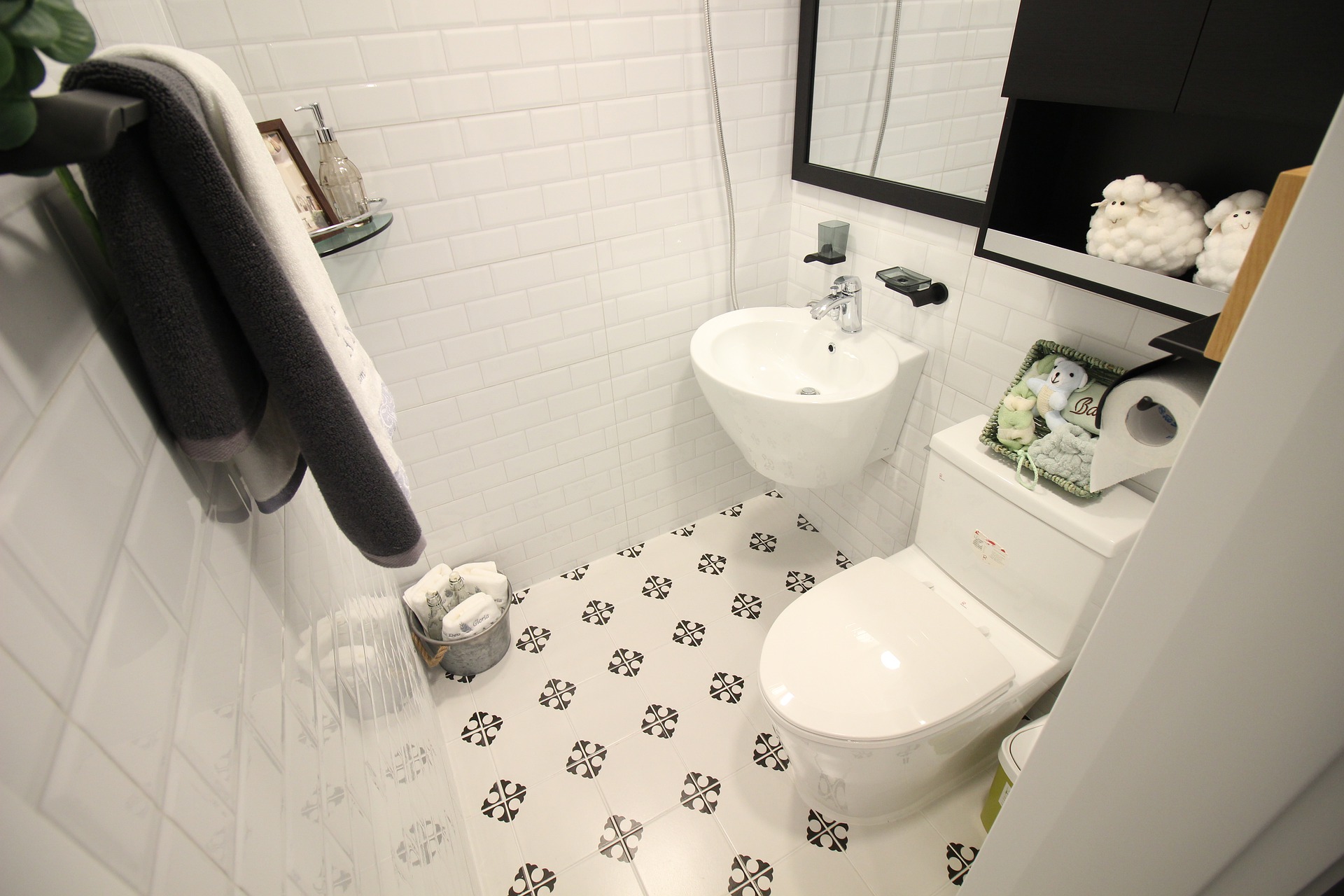As stay-at-home orders have begun to lift, so have home buying applications as many are looking to purchase a single-family home and put distance between themselves and their closest neighbors. The pandemic has changed the way we think about buying a new home – virtual open houses and signing documents remotely – but it hasn’t changed the way we own a home.
One of the less appealing parts of buying a new home is maintenance and unexpected repairs, but potential homeowners can be prepared for the responsibilities of homeownership by looking at the home systems, with the assistance of a home inspector, and opting into a home repair service plan. When buying a new home, prospective buyers should have a home inspection that includes:
- Water service lines – home buyers should ask how old the water line servicing the home is and whether it has ever been repaired or replaced. If the homeowner is unsure, ask what the lines are made of – if they are copper or plastic, they have probably been replaced recently. Galvanized steel, cast iron or lead will be older and will likely need to be replaced soon. If they are made of a mix of materials, it’s probable that it has been spot repaired.
- Water pressure – an easy way to check pressure is to turn on multiple taps at once. In addition, turn on the shower and flush the toilet to see if the water temperature changes significantly.
- Plumbing – home buyers should ask about the age of the home and what the plumbing is made of – older homes might have galvanized pipes, which can corrode from the inside out, or lead, which can be problematic. Ask a home inspector to keep an eye out for signs of DIY repairs that may not be done correctly or to code. Look for evidence of leaks, such as corrosion on the pipes or water damage or mold and mildew near plumbing.
- Drains – home buyers should have a professional inspect the drains for inflow and infiltration, leaks and tree roots, likely by putting a camera through the line.
- Water heater – hot water heaters only last about 10 years, so home buyers should ask when the water heater was last replaced and look for signs of rust and leaking.
- Toilets – home buyers should look at the base of toilets. If they are leaking or wobble, they should be reseated – caulk will only cause water damage in the floor. Flush toilets to ensure there are no clogs.
- Heating, ventilating and air conditioning – ask about the age of the system. Most central air conditioning units last 10 to 15 years, and furnaces can last 15 to 25 years. If it’s an older system, home buyers should plan for what they will do once it needs to be repaired or replaced.
When buying a new home, the cost of a plumbing inspection may seem daunting, but the average cost of replacing a water service line is $2,500, and the average cost of replacing a sewer service line is $3,300 – much more than the $200, on average, a plumbing inspection can cost. Prospective owners buying a new home should include an inspection contingency period in their agreement to verify all systems work as expected and determine who is responsible if they don’t. Buyers should protect themselves when buying a new home – items such as water and sewer service lines frequently are not covered by homeowners insurance.
To bring peace of mind to residents and potential residents in your community, partner with the ServLine Leak Program to shield them from the financial shock of a water leak. Although many utilities provide adjustments for overages caused by a leaking water line, the cost can still be difficult to bear. In addition, the utility misses out on much-needed revenue.
ServLine, backed by two A rated insurance companies, will insure your utility against customer water loss while also offering your customers a repair solution. ServLine also will hand all leak-related calls, claims and questions, reducing your office staff’s workload. To find out more about how we can help you, contact us.

